The Walking Dead creator Robert Kirkman fully admits that Carl’s eye wound, a stunning moment from the comic, would be “impossible to survive,” but that series artist Charlie Adlard produced an image that was too stunning not to include in the issue. Despite the high improbability of his survival, Carl ultimately made it to the end of the comic book version of the story, achieving a measure of peace.
As with every issue of the reprint, Walking Dead Deluxe #83 – written by Robert Kirkman, with art by Charlie Adlard, lettering by Rus Wooten, and for the first time, rendered in full color by Cliff Rathburn – contains a post-mortem dissection of the issue, and page annotations from Kirkman, providing a wealth of behind-the-scenes information for fans of the series.
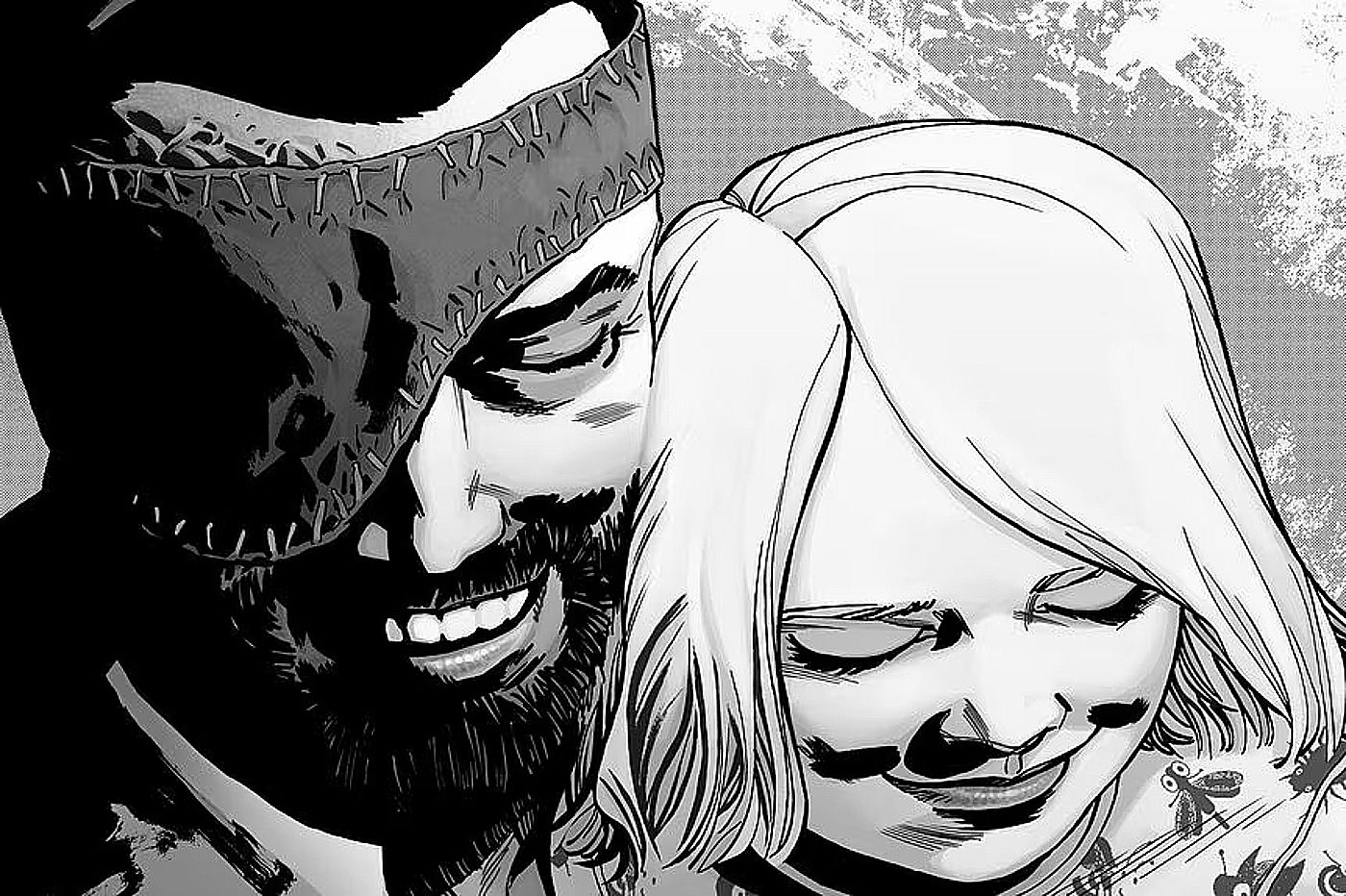
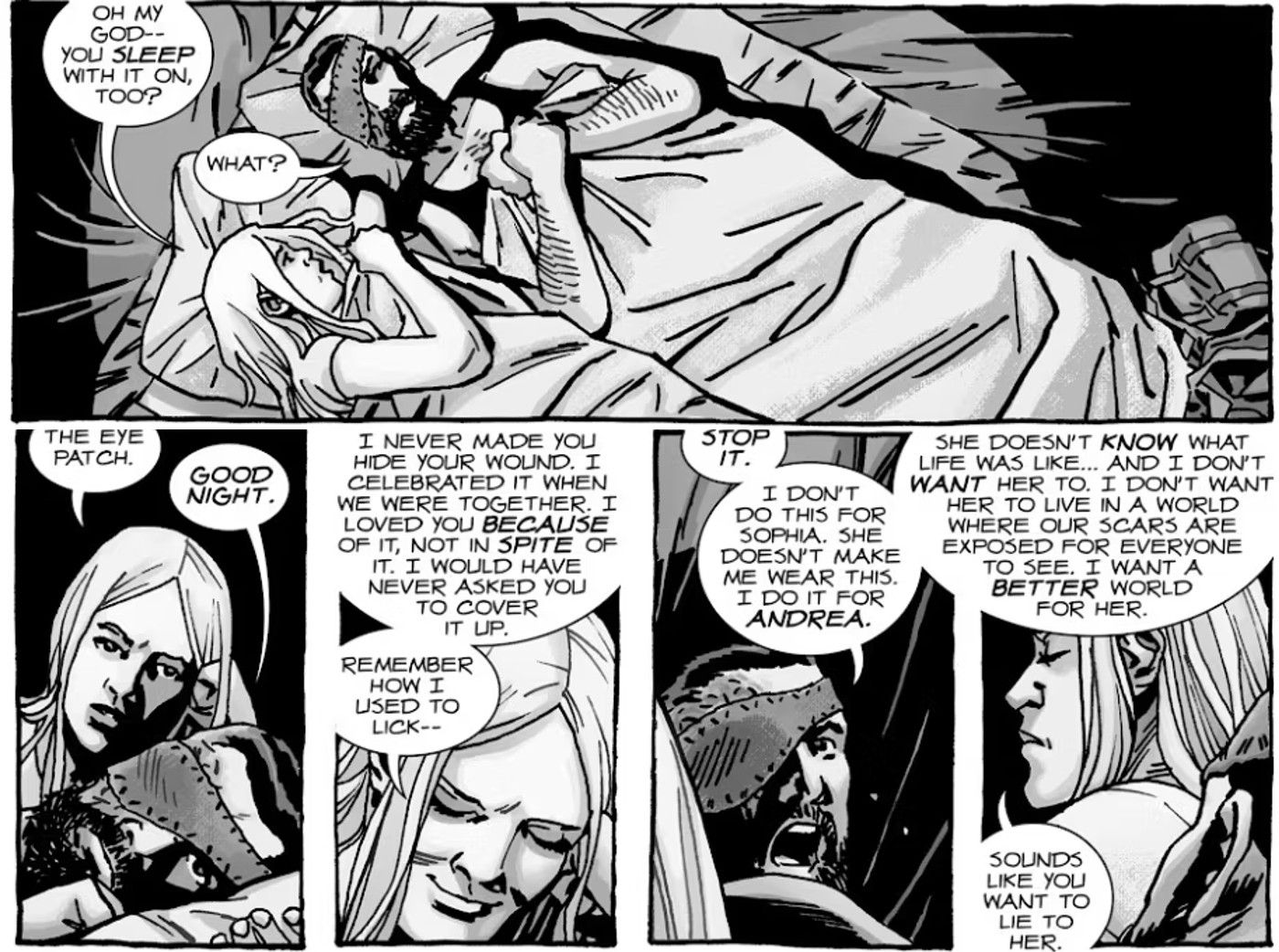
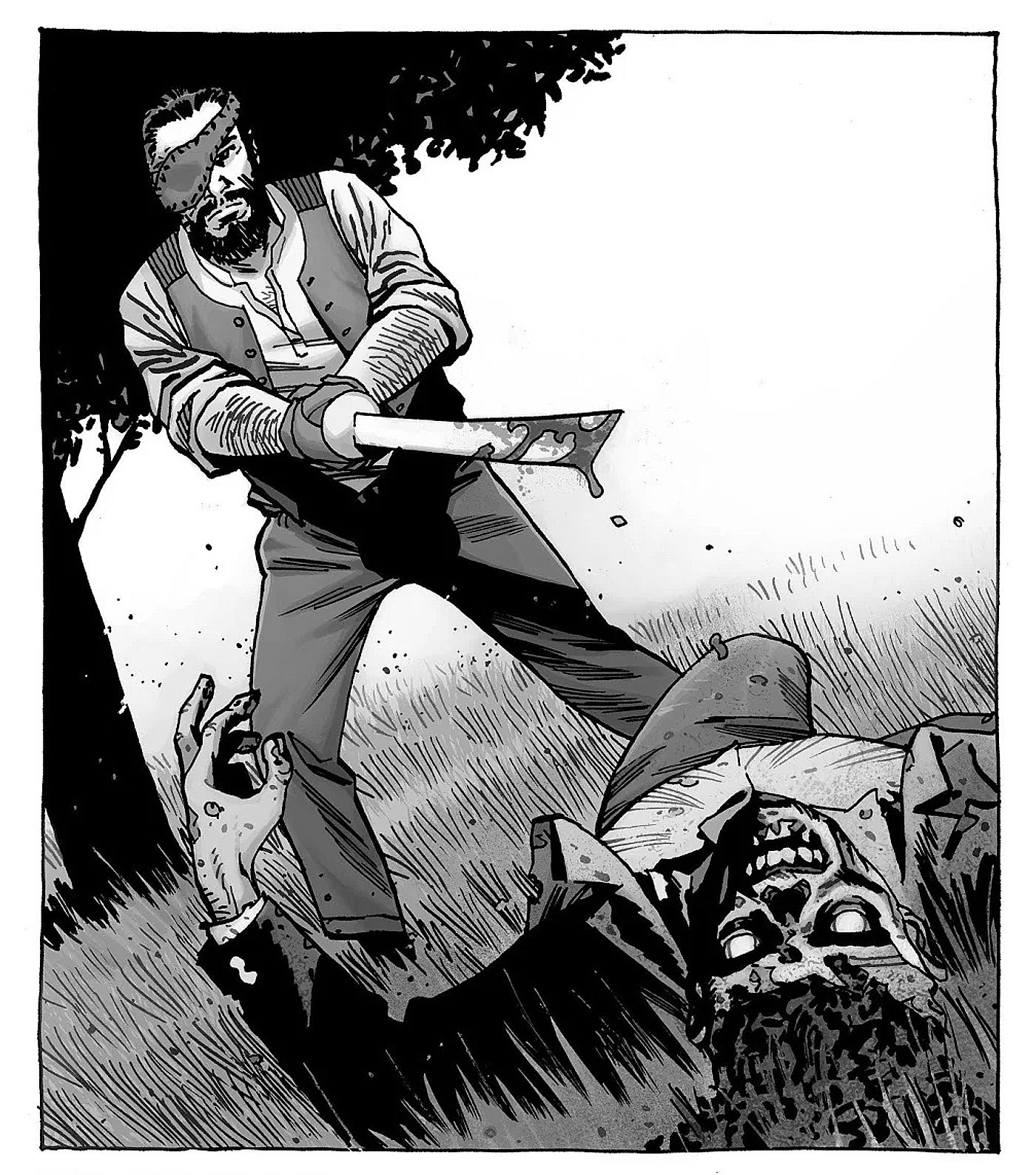
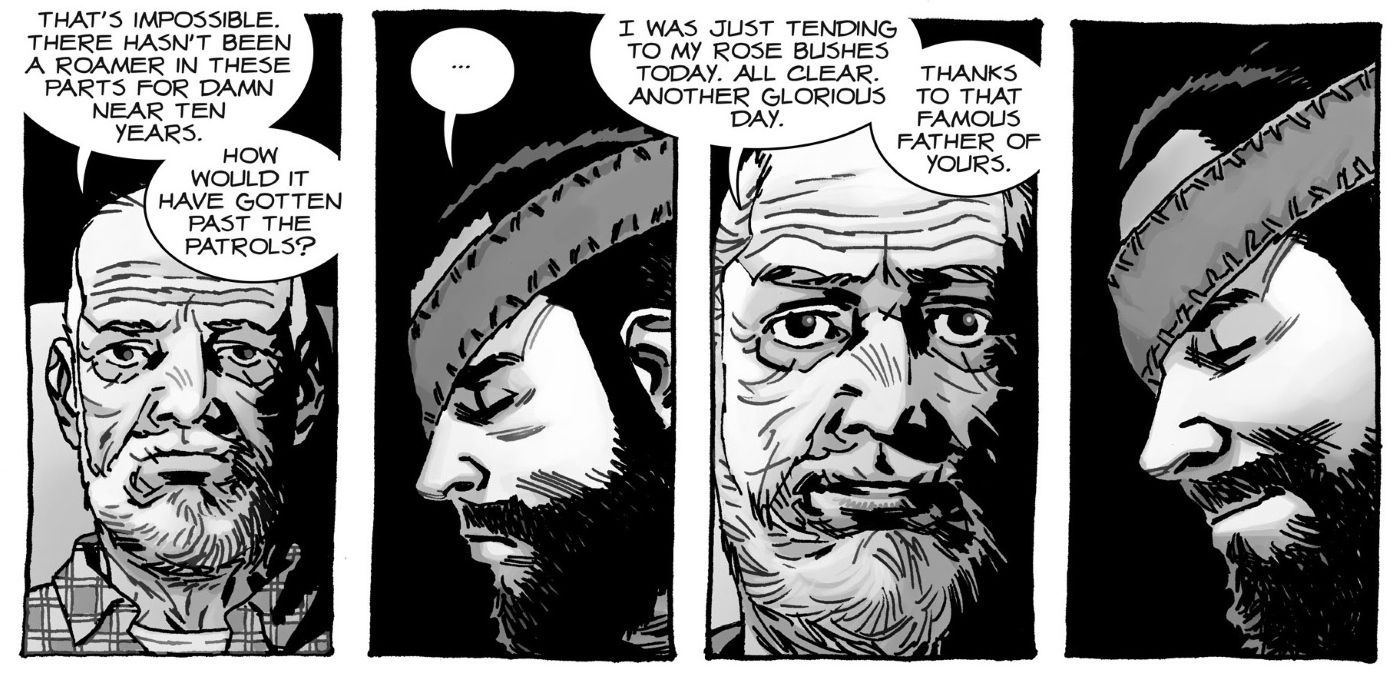
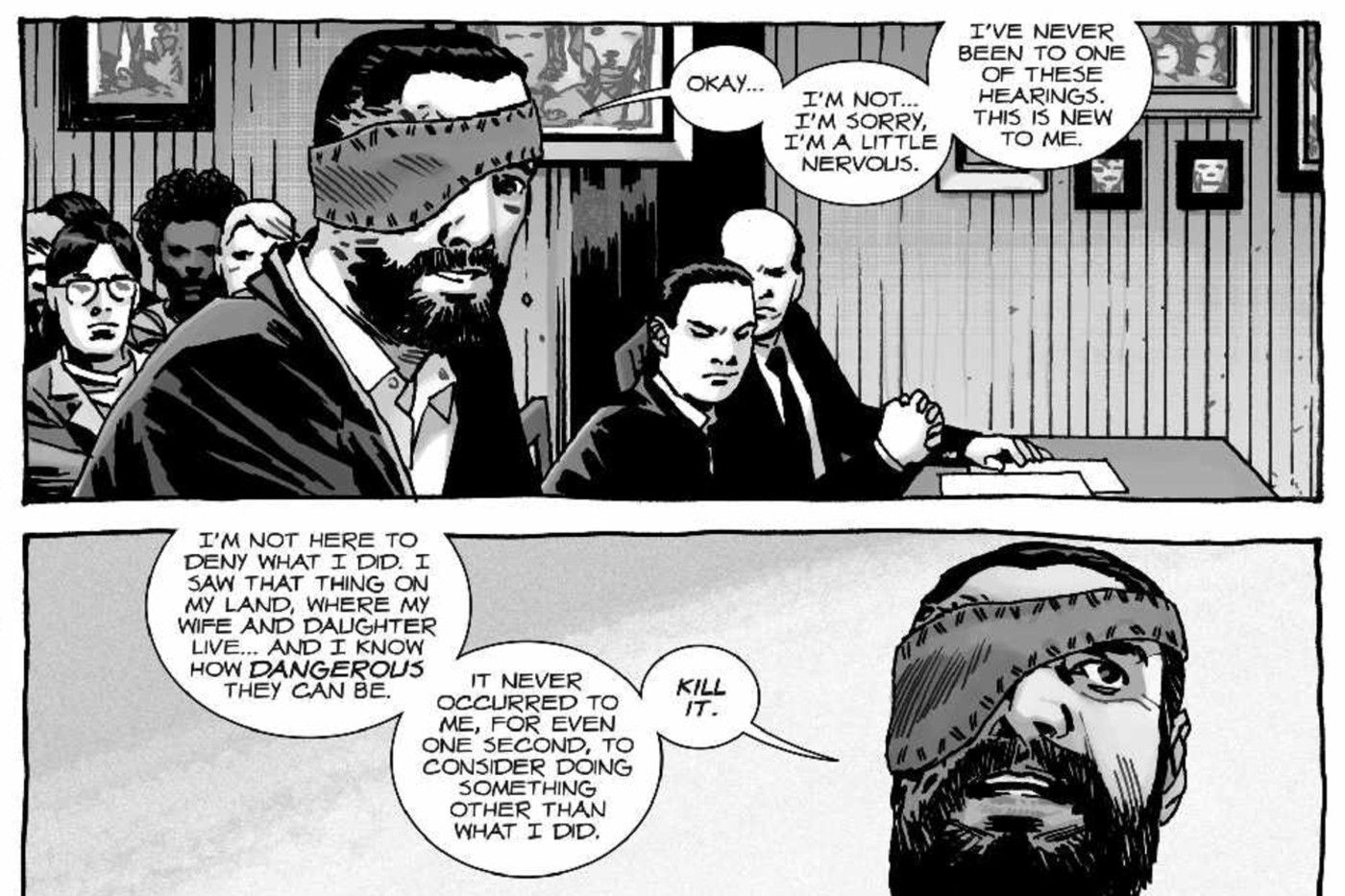





In Walking Dead #83, Carl Grimes is shot in the eye – in what surely seemed to readers at the time like the end of the character. Instead, Dead served up one of its most unlikely swerves: his “impossible” survival.
Robert Kirkman’s decision to keep Negan alive, and give him some manner of redemption arc, is one of the most pivotal in the Walking Dead series.
Charlie Adlard’s “Haunting” Image Of Carl’s Gunshot Wound Is Among Dead’s Best
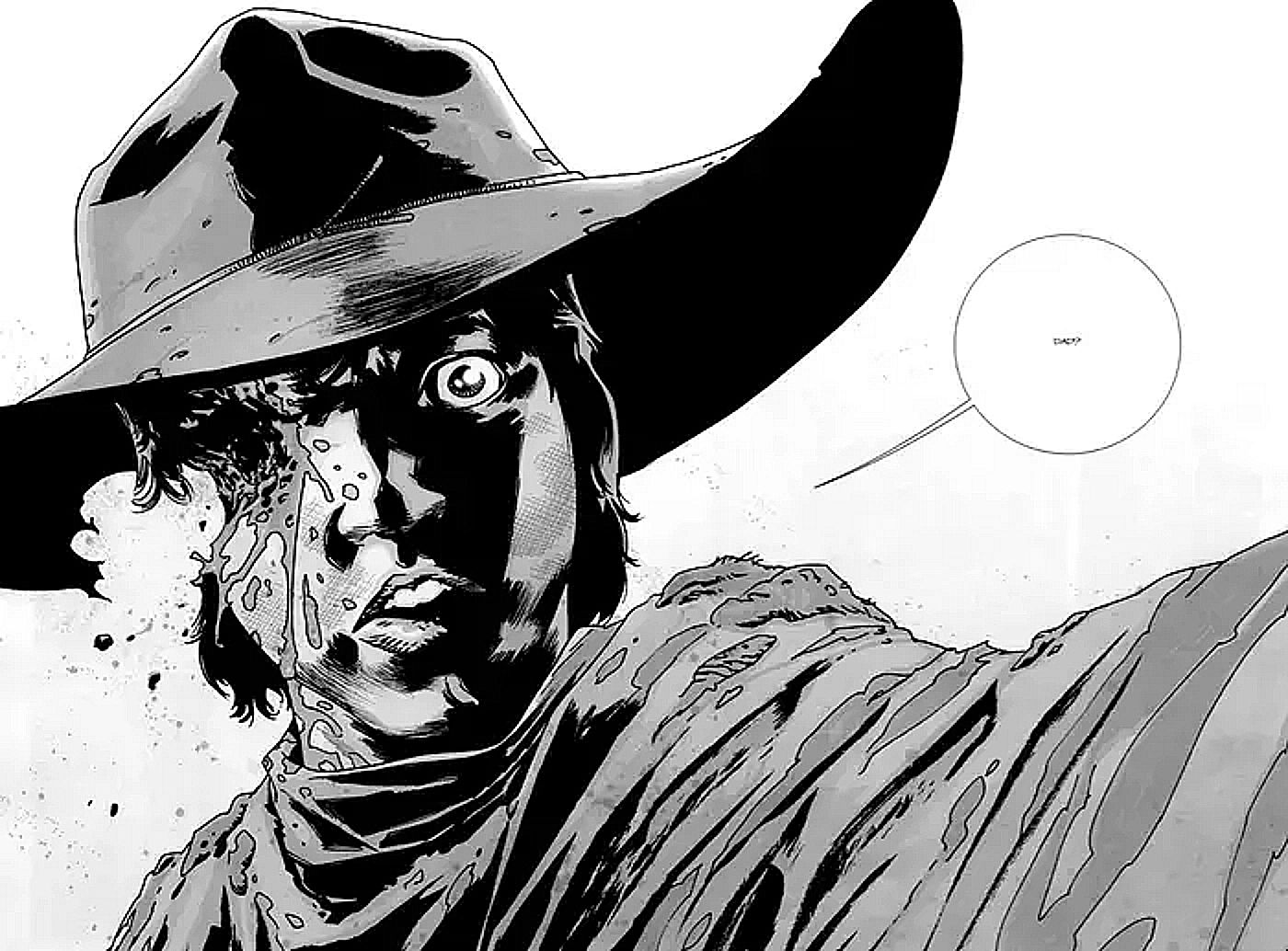
The decision to have Carl live through an injury that, as depicted, would’ve likely been immediately fatal – and even more astronomically difficult to survive in a post-apocalyptic, zombie-overrun setting – might have strayed from Dead’s usual realism, but it was certainly a relief to readers.
ADVERTISING
Walking Dead #83, contained one of the comic’s most shocking moments, as a stray bullet took out Carl Grimes’ eye. Though the series often surprised readers with abrupt, emotionally gut-wrenching character deaths, one of its biggest twists was perhaps Carl’s survival. The decision to have Carl live through an injury that, as depicted, would’ve likely been immediately fatal – and even more astronomically difficult to survive in a post-apocalyptic, zombie-overrun setting – might have strayed from Dead’s usual realism, but it was certainly a relief to readers.
ADVERTISING
“It was so striking, powerful, and haunting,” Kirkman said of Charlie Adlard’s art, depicting the moment after Carl has been hit by the bullet, as he’s realizing it himself. “I just love the shock and awareness on Carl’s face,” Kirkman wrote of the image, “He KNOWS what happened, and he’s terrified.” Despite both creators acknowledging it, “looks like a wound that is impossible to survive,“ it was a clear decision to include in the issue. Still, this didn’t change their plans for the character. In this way, Walking Dead broke from its usual realism, in service of the best possible story decision.
Carl’s Survival Is One Of The Comic’s Least Realistic Aspects
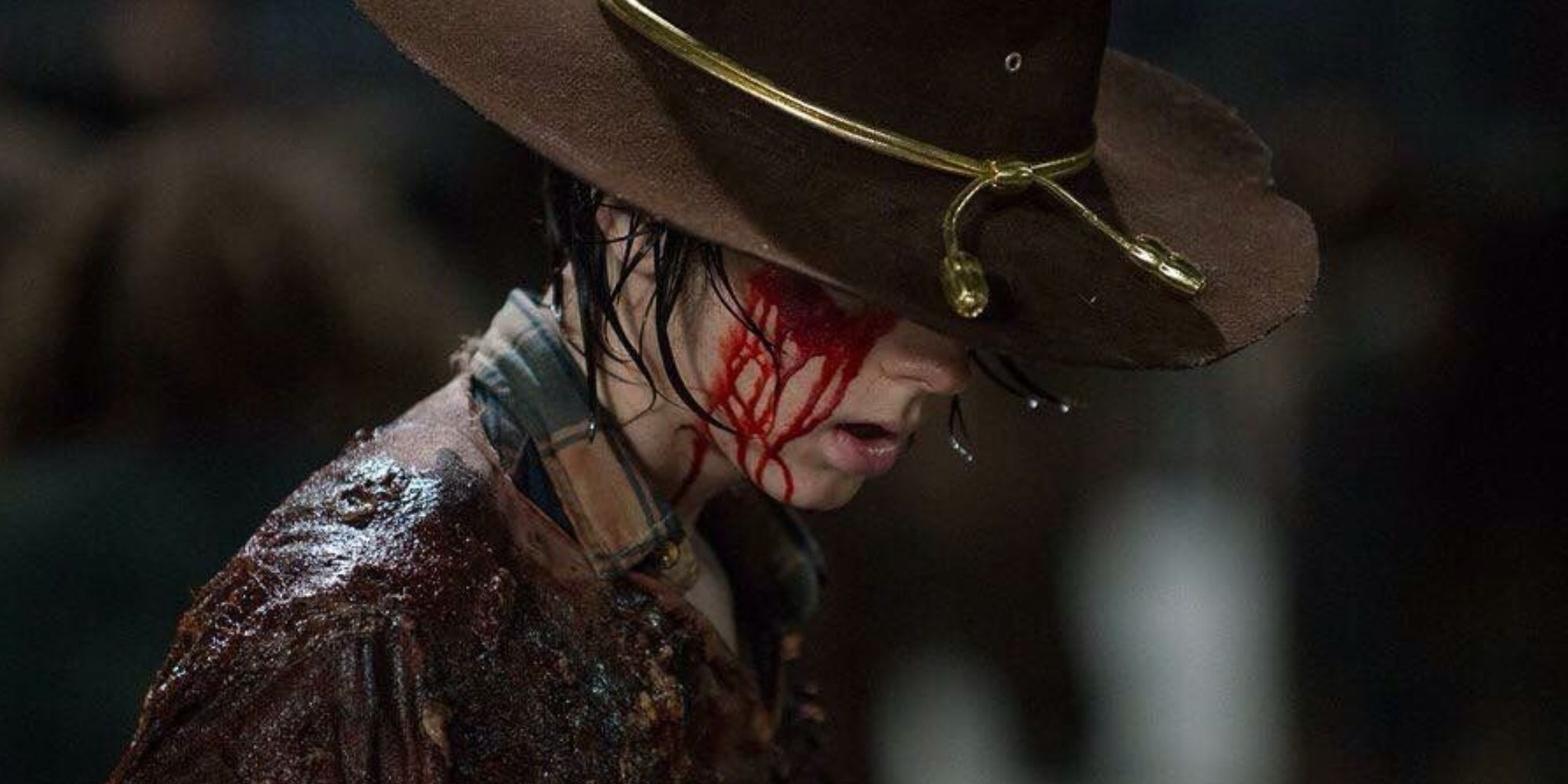
Despite both creators acknowledging it, ” looks like a wound that is impossible to survive, ” it was a clear decision to include in the issue…In this way, Walking Dead broke from its usual realism, in service of the best possible story decision.
ADVERTISING
When Walking Dead unexpectedly ended with issue #193, readers were given an epilogue featuring an adult Carl, seeking to live a peaceful life to the extent anyone can in a post-post-apocalyptic future. His television counterpart was not as lucky, dying at his own hands after a walker bite in Season 8 of the AMC adaptation. Though Carl’s survival in the comic provided the series with a quasi-happy ending, his death in the TV series is actually one example of the adaptation being more realistic than its source material.
Carl’s gunshot wound may have been “impossible” to survive, but beyond that, his nature as a character in both mediums led him to constantly put himself in danger, at times recklessly. His demise in the TV series was fitting for the character, and served as its own shocking divergence from his ending in the comic. It is a notable example of two mediums making the right decision to present two different takes on a character’s fate. In both cases, Carl surviving his gunshot wound, however unlikely, provided Walking Dead with one of its most dramatically wrenching moments.

